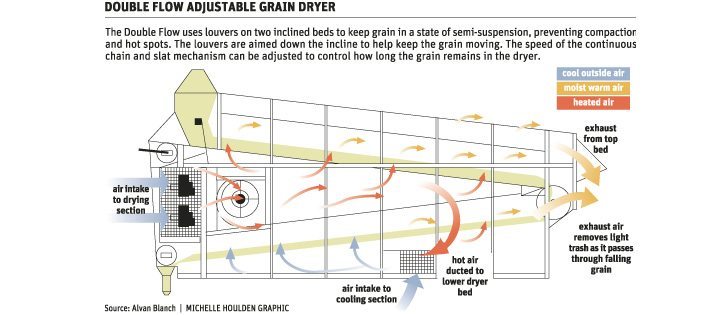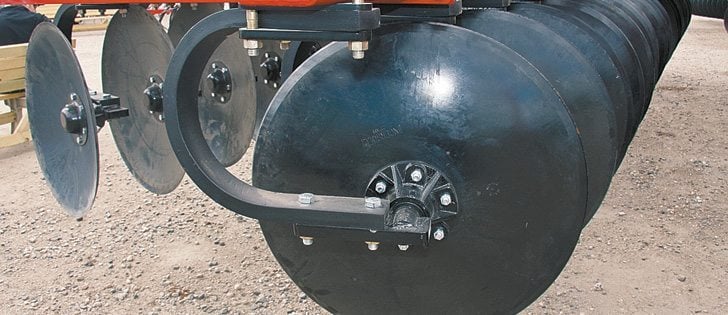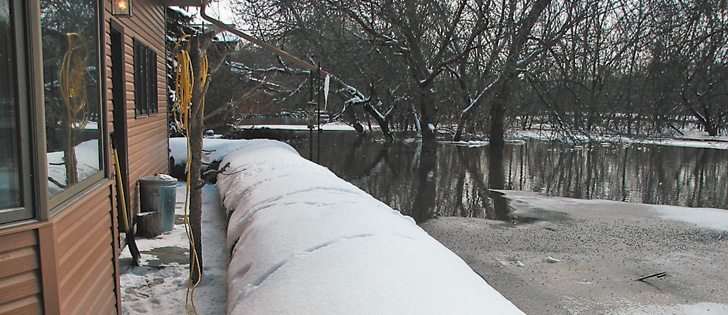Wide row spacing has energy-saving and moisture conservation benefits, but some researchers and drill designers feel it also has negative repercussions because it crowds the plants and fertilizer into such a narrow band.
In the late 1980s, North Dakota State University’s Agronomy Seed Farm at Casselton N.D., looked at applying phosphorus in a wide ribbon.
Wilrich was a partner in the study, supplying the chisel plow. LeRoy Richard worked for Wilrich at the time and was involved in the experiment.
“On wheat, we saw yield increases of 19 to 20 percent where we had the wide ribbon of phosphorus,” said Richard.
Read Also

Phosphate prices to remain high
Phosphate prices are expected to remain elevated, according to Mosaic’s president.
“Spreading the phosphorus over a wider area gives all the roots better access to it. It’s better seedbed utilization. Phosphorous isn’t mobile. If you put it in a narrow band, that’s where it stays and the roots can only access it right in that band.”
The 1980s experiment left an impression on Richard, which led him to the wide ribbon opener design on his Ag Systems Air Drill.
However, NDSU soil scientist Dave Franzen isn’t sure the wide ribbon is such a good idea.
“There’s nothing wrong with a band of phosphorous,” Franzen said.
“I have seen no research to suggest that spreading phosphorus in a wide ribbon has any benefit to the crop. Personally, I don’t think I could recommend it.”















